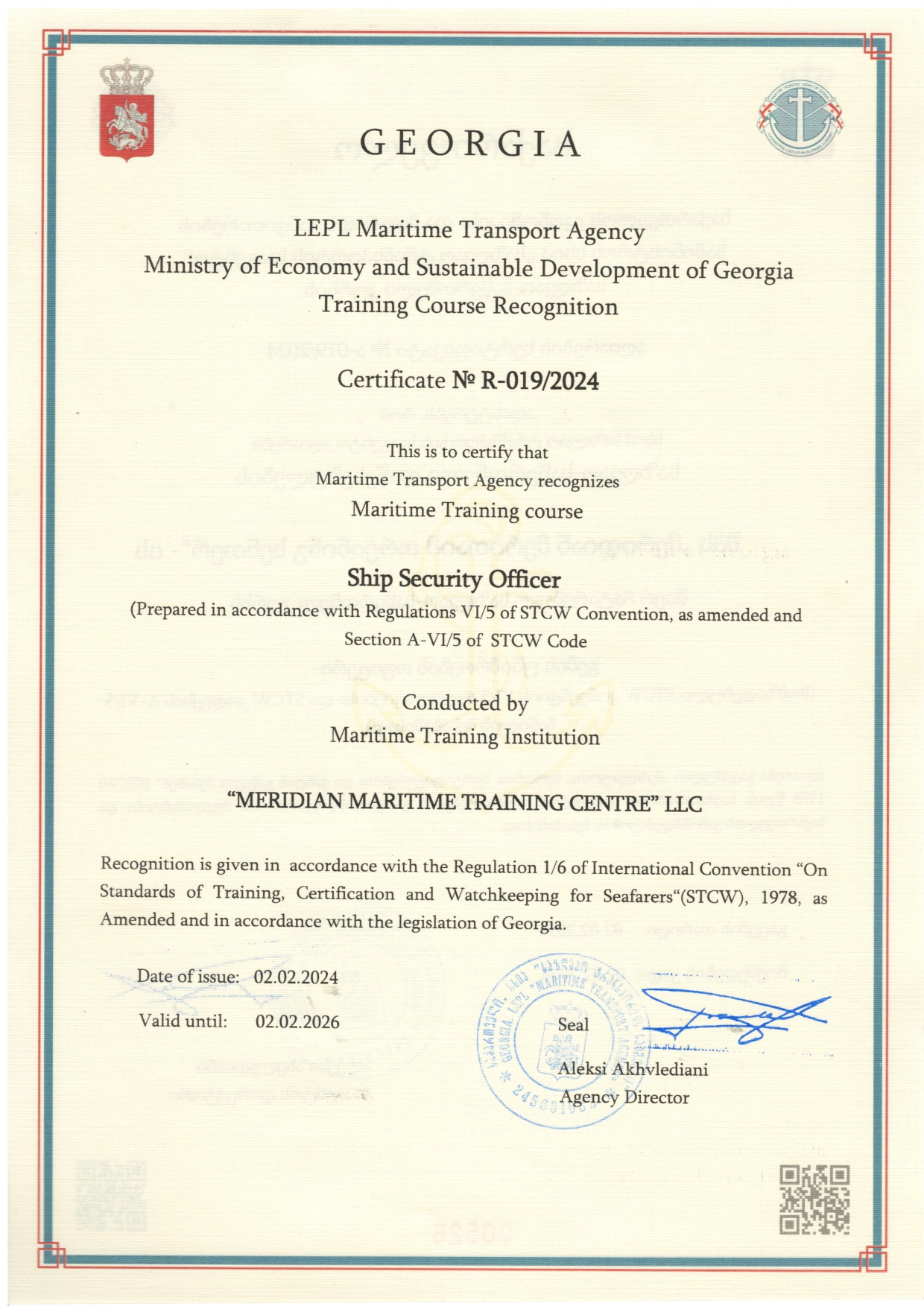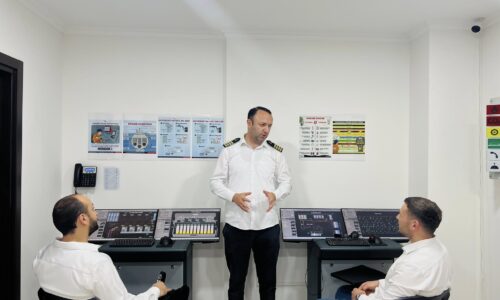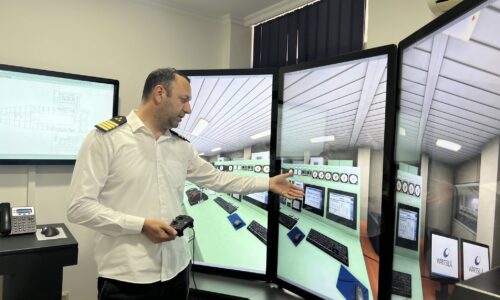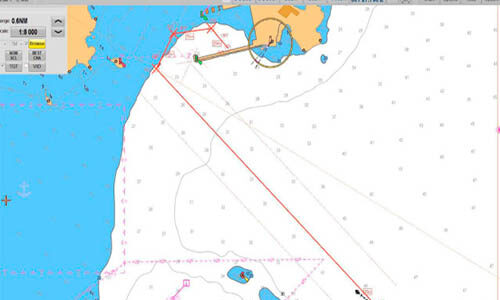Training Program covers the requirements of the STCW Convention.
Passing the training program, trainee must:
- Have awareness of international maritime policy and the responsibility of countries, companies and individuals, including areas that may relate to piracy and armed robbery;
- Have awareness of the importance of the ship security plan and the elements that make up it, related procedures and storage of records, including those that may relate to piracy and armed robbery;
- Be aware of the procedures used for implementing the ship’s security plan and reporting on security incidents;
- Have knowledge of the security levels and the resulting security measures and procedures on board and in port;
- Be aware of the requirements and procedures for carrying out internal audits, on-the-spot checks, management and monitoring of protective measures as defined in the ship security plan;
- Understand the reporting requirements and procedures for the company’s security officer, the deficiencies and inconsistencies found during the internal audit, periodic review and security checks;
- Be aware of the procedures and methods for improving the ship security plan;
- Be aware of defence-related action plans and operational procedures in the event of security threats or breaches, including requirements for ship-to-port interoperability in critical operations, and including elements that can be attributed to piracy and armed robbery;
- Be able to use the terms and definitions to be used in maritime defence, including those related to piracy and armed robbery;
- Be aware of risk assessment and assessment tools;
- Have knowledge of the risk assessment documentation, including the security declaration;
- Understand the methods used to circumvent protection measures, including those used in piracy and armed robbery;
- There should be an understanding of how to identify suspicious persons without discrimination;
- Have awareness of how to recognize weapons, dangerous substances and devices, and to be aware of the consequences they can produce;
- Understand the methods of crowd control;
- Have knowledge of the processing of information related to security;
- Have awareness of conducting and coordinating a search;
- Understanding the methods used for physical searches and screening;
- Be aware of the requirements for determining and monitoring restricted areas;
- Be aware of the control of the access points and access restricted areas;
- Have awareness of effective monitoring methods for the deck and its surrounding area;
- Be aware of the aspects of the protection of ship’s cargo and stockpile handling in relation to another vessel’s crew and port security officers / representatives;
- Be aware of the methods for controlling persons and property belonging when embarking, disembarking, and when on board;
- Have knowledge of the various types of security equipment and systems, their limitations, as well as systems that can be used for piracy and armed robbery;
- Be aware of the procedures, instructions and recommendations for the ship’s alarm system;
- Be aware of the methods used for testing, calibrating and operating on-board protective equipment and systems;
- Understand the requirements for training drills and tasks as required by the relevant conventions, codes and IMO circles, including those relating to anti-piracy and anti-armed robbery;
- Have knowledge of the methods of raising awareness and caution on board;
- Be aware of the methods for assessing the training drills and task efficiency on board.
In order to enter into the presented training program, trainee must represent:
- Certificate of Competency, Education Certificate or Certificate of Proficiency;
- Seamen’s book or Civil passport or ID;
- Medical Certificate or medical certificate form 100(for coastal water area seafarers’);
- The Certificate confirming not less than 12 months sea going practice experience.
| Duration | 16 hours |
| language | English |
| Students | 1-20 |
| Quizzes | 41 |

Course Features
- Lecture 0
- Quiz 0
- Duration 10 weeks
- Skill level All levels
- Language English
- Students 0
- Assessments Yes







